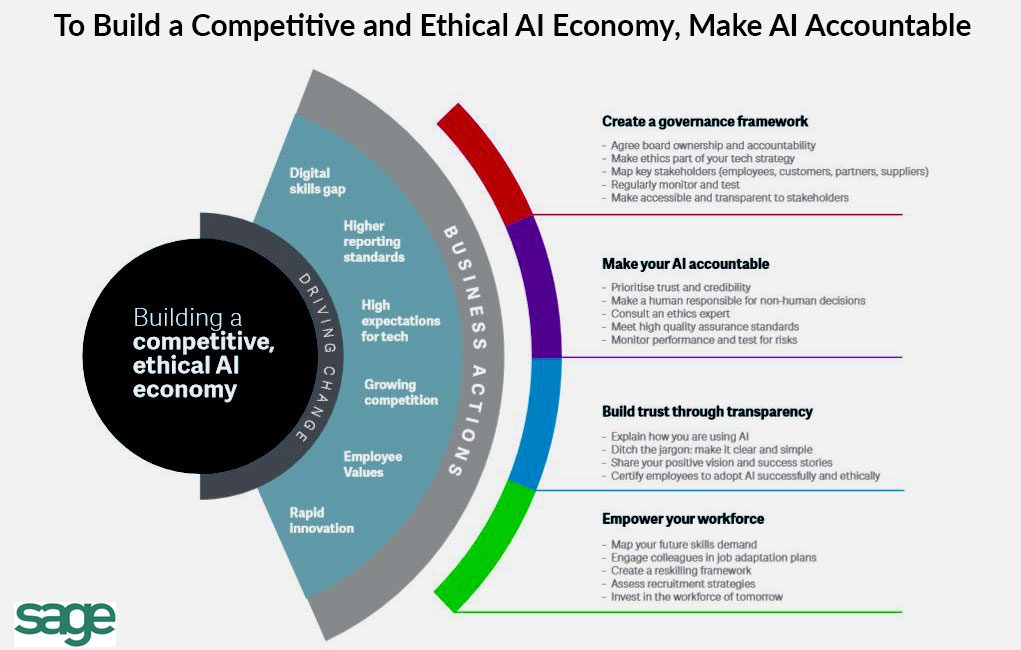
As we progress through 2024, the global financial landscape continues to evolve amidst a backdrop of economic uncertainty and technological innovation. For businesses, investors, and policymakers, staying ahead of emerging trends and understanding key predictions for the remainder of the year is crucial. This article explores the essential financial trends and forecasts shaping the second half of 2024, providing insights into how they may impact various sectors and strategies.
1. Economic Recovery and Growth Forecasts
The global economy is on a path of gradual recovery following the disruptions caused by the COVID-19 pandemic. For the second half of 2024, economic growth is expected to remain robust, albeit with some regional variations. The International Monetary Fund (IMF) forecasts moderate growth rates, with emerging markets likely experiencing faster expansion compared to developed economies. Key drivers include resilient consumer spending, improved supply chain stability, and supportive fiscal policies.
However, challenges such as inflationary pressures and geopolitical uncertainties could temper growth prospects. Investors should closely monitor economic indicators and adjust their portfolios accordingly to mitigate risks associated with these uncertainties.
2. Inflation and Interest Rate Trends
Inflation continues to be a significant concern for many economies. Central banks worldwide are navigating a delicate balance between controlling inflation and supporting economic growth. In the second half of 2024, inflation rates are anticipated to remain elevated but may begin to stabilize as supply chain issues resolve and energy prices moderate.
Interest rate policies will play a crucial role in managing inflation and sustaining economic momentum. Central banks in major economies, including the Federal Reserve and the European Central Bank, are expected to adopt a cautious approach, making incremental adjustments to interest rates. Investors should stay informed about central bank announcements and adjust their investment strategies to capitalize on interest rate trends.
3. Technological Advancements and Digital Transformation

Technology continues to be a major driver of change in the financial sector. The second half of 2024 will see accelerated adoption of digital transformation initiatives across industries. Financial institutions are increasingly investing in blockchain technology, artificial intelligence (AI), and cybersecurity to enhance operational efficiency and customer experience.
Blockchain technology is expected to gain further traction, with more companies exploring its potential for secure and transparent transactions. AI will continue to revolutionize financial services, from algorithmic trading to personalized financial advice. Cybersecurity remains a top priority, with organizations focusing on protecting sensitive data and mitigating risks associated with cyber threats.
4. Sustainable Finance and ESG Considerations
Environmental, Social, and Governance (ESG) factors are becoming increasingly integral to investment decisions and corporate strategies. In the second half of 2024, sustainable finance will gain prominence as investors and companies prioritize ESG considerations.
The demand for green bonds, sustainable investments, and corporate social responsibility initiatives is expected to rise. Companies that demonstrate strong ESG performance and commitment to sustainability are likely to attract more investment and enhance their reputation. Investors should consider integrating ESG criteria into their investment strategies to align with evolving market trends and regulatory requirements.
5. Geopolitical Risks and Market Volatility
Geopolitical tensions and market volatility are expected to persist in the second half of 2024. Ongoing trade disputes, regional conflicts, and political instability could impact global financial markets and investor sentiment.
To navigate these risks, investors should diversify their portfolios and stay informed about geopolitical developments. Monitoring global events and understanding their potential impact on financial markets can help investors make informed decisions and manage risk effectively.
6. Evolving Regulatory Landscape
Regulatory changes will continue to shape the financial sector in the second half of 2024. Governments and regulatory bodies are expected to introduce new policies and regulations aimed at enhancing financial stability, consumer protection, and market transparency.
Staying abreast of regulatory updates and understanding their implications for financial markets and business operations will be essential for compliance and strategic planning. Companies should engage with regulatory developments and adapt their practices to ensure alignment with evolving standards.
Conclusion
As we move into the latter half of 2024, the global financial landscape is characterized by a mix of recovery, innovation, and uncertainty. By keeping a close eye on economic forecasts, inflation trends, technological advancements, ESG considerations, geopolitical risks, and regulatory changes, stakeholders can navigate the financial environment more effectively

